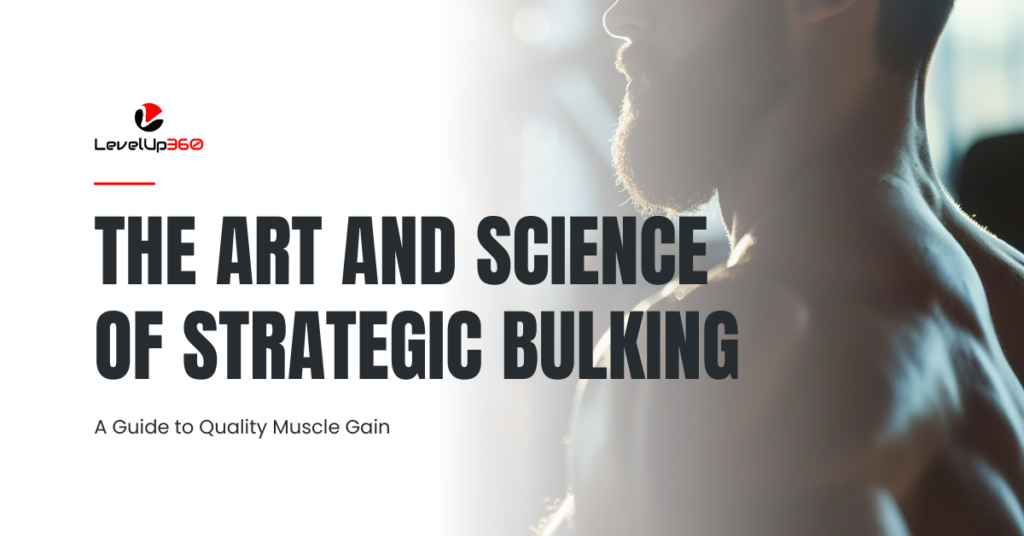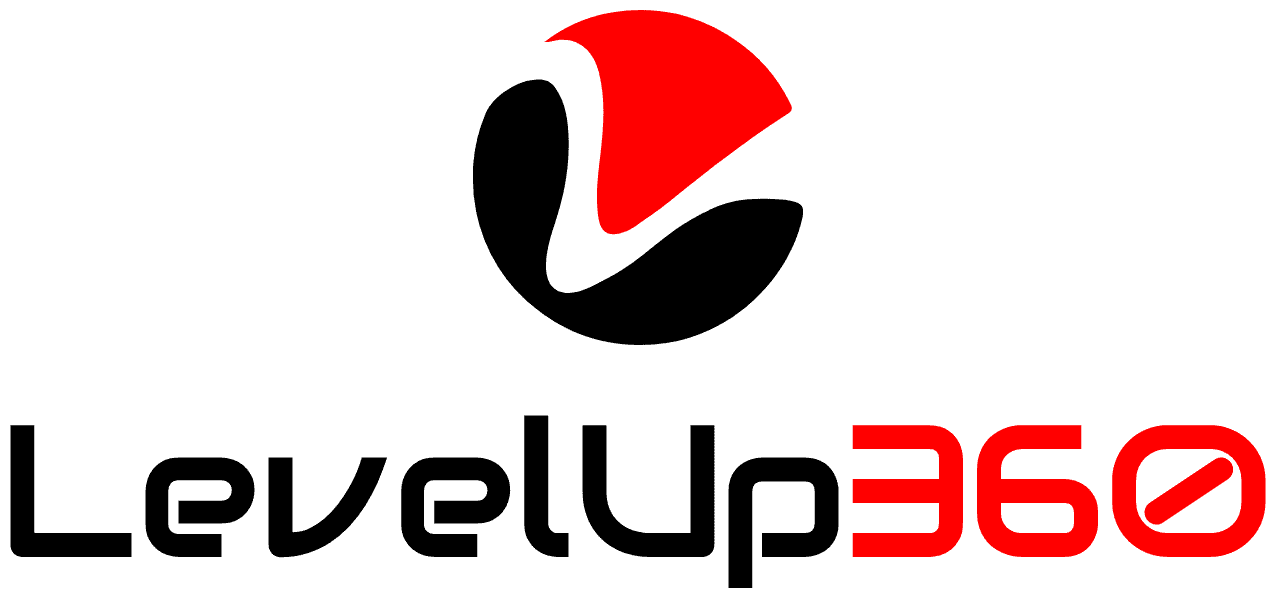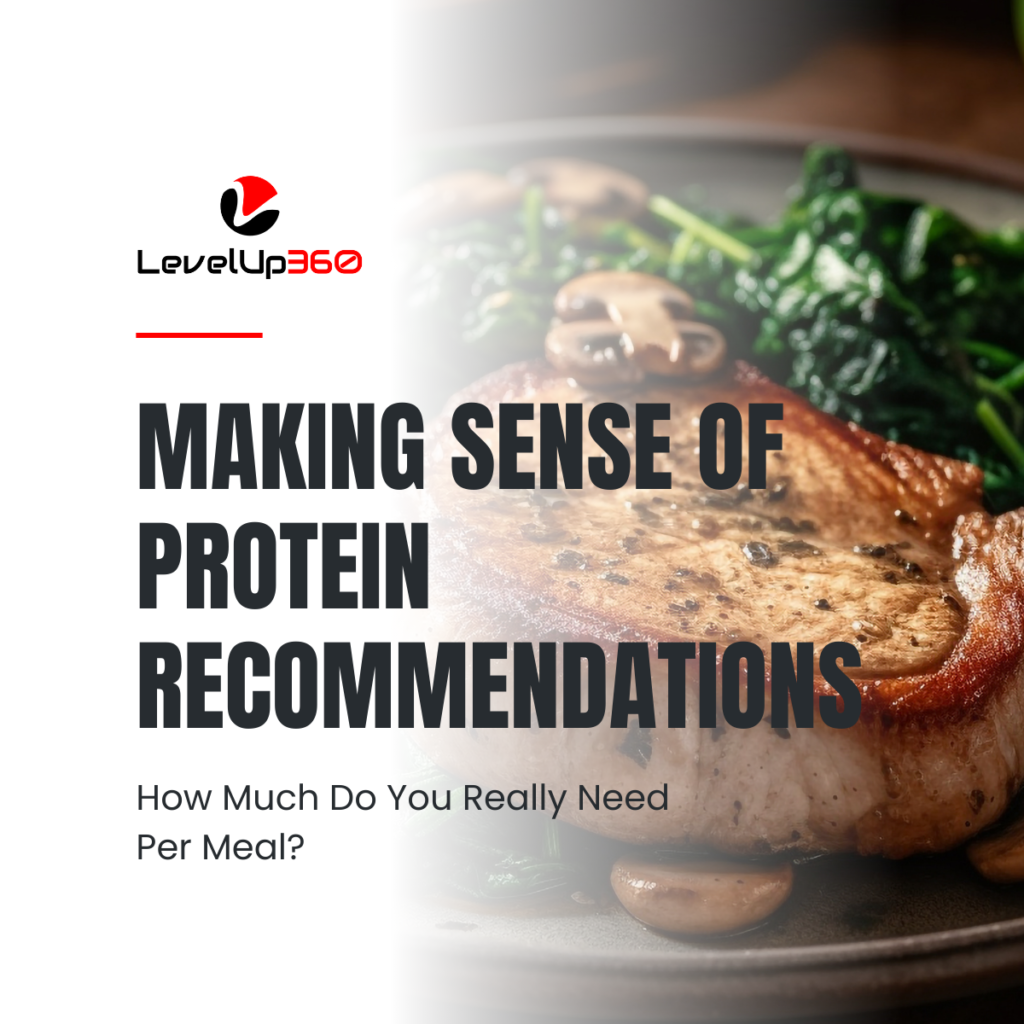
The Art and Science of Strategic Bulking: A Guide to Quality Muscle Gain
If your physique goals involve sculpting an athletic, muscular frame, at some point, you’ll need to shift into a dedicated “bulking” phase of focused muscle building. Bulking done right strategically overfeeds calories to maximise lean mass gains from targeted heavy strength training.
But haphazard, aggressive weight gain inevitably piles on pudge. So, bulking requires a scientific approach to tracking metrics and applying principles proven to build quality size. Let’s cover the essentials of adding muscle intelligently.
First, regularly lift heavy weights focusing on compound movements. Squats, presses, rows and pull-ups prompt widespread muscle growth by challenging most major groups. Strive to increase reps, sets or load each session. Your muscles must progressively adapt to heavier loads to grow.
Strategically eat in a calorie surplus to provide the raw energy substrate for this muscular growth. Use an equation or tracking method to determine your maintenance calories for your current weight. Then add a modest 15-20% surplus if newer to training, 10-15% once experienced, or just 5-10% if quite advanced.
Novices can sustain faster muscle accrual thanks to “newbie gains.” But advanced lifters nearing genetic limits require less of an energy excess to continue slowly building tissue. Aggressive overfeeding promotes greater fat gains versus additional lean mass once past the beginner stage.
With diligent programming and periodisation, your strengthened physique will showcase your dedication
Maximise your genetic muscular potential
Furthermore, set protein intake to approximately 1.5-2 grams per kg of total lean body mass, not just scale weight. Lean mass equals your total weight minus fat weight. Spread this protein across 4-6 meals, with 20-40g doses surrounding workouts to maximise muscle protein synthesis.
Fill the remaining calories largely with carbohydrates to fuel demanding training. Time carbs around sessions. Healthy fats aid hormone balance and recovery. Allow room for some treats in moderation as calories permit. Just be sure to track intake precisely.
Now prepare for a reality check. Building muscle requires tremendous consistency and patience over the years. But persistently challenging your muscles with progressive overload while methodically overfeeding – without unnecessary fat gain – produces inspiring results over time.
Accept that some increase in body fat naturally comes with bulking phases focused on muscular gains. But monitor the rate of fat accumulation and adjust nutrition as needed. Weigh yourself daily, assess body fat percentage monthly, and track training performance each session. Regular metrics guide the process.
After dedicating months to a muscle-building phase, transition gradually back to maintenance calories for a period before potentially dropping into a deficit. Reducing calories too rapidly could catabolise new tissue. Take a structured, patient approach in all phases.
Strategic Bulking Key Tips

If you’re ready to maximise your genetic muscular potential through a strategic bulking period, here are some key tips:
Define Your Rate of Weight Gain
Clearly outline the weekly or monthly weight gain target aligned with your training experience and goals. For most, aim for around 0.5% of total body weight gained weekly.
Track calorie intake and weight daily to ensure your rate stays on course. Adjust surplus up or down based on actual data.
Set Protein Based on Lean Body Mass
Calculate your lean mass, then consume 1.5-2 grams of protein per kg of LBM. Spread intake over 4-6 meals with pre/post workout doses. Stick to high-quality sources.
Without adequate protein, your body cannot synthesize new muscle tissue optimally in response to training.
Progress Training Variables Constantly
The training itself drives the adaptation, so progression is critical. Push to increase weight, reps, sets or intensity each lifting session.
Muscles must face progressive overload over time in order to grow. Strength gains indicate you are on the right track.
Fuel Your Performance
Time carbohydrate intake strategically around exercise for sustained energy to lift with high intensity. Fill the remaining calories with nutritious foods.
Overall calorie balance sustains energetic training and recovery from demanding sessions.
Expect Some Fat Gain
A modest amount of body fat gain comes with focused muscle-building phases. But limit fat accumulation with a conservative surplus and steady pacing aligned with your experience.
Monitor Metrics Diligently
Metrics like rate of weight change, body fat percentage, lifting performance, calories and macros tracked daily provide data to guide adjustments.
Rely on objective quantifiable data, not guesswork. Numbers don’t lie.
Transition Wisely Post-Bulk
When satisfied with added muscle, gradually shift back to maintenance calories, holding the new weight briefly before potentially entering a deficit.
Avoid sudden large calorie drops or overzealous cardio which could catabolize new tissue. Take a patient approach.
With diligent programming and periodisation, your strengthened physique will showcase your dedication. Approach bulking intelligently – gains earned methodically through science-based principles endure for good.
Complete guide
For a complete guide on how to put on muscle while minimising fat gain, download our free Complete Guide to a Muscle Growth Phase: Adding Muscle While Minimizing Fat Gain
Recommended reading
Recommended reading
Additional Resources
Feeling in control of your health
If you are interested in improving your health and wellness, check out other resources such as Our Blog, Free Resources and/or join our private Body-Mind Transformation Secrets Community on Facebook, and go on an even deeper dive with me to uncover how to succeed in your health and wellness goals.
You may also be interested in our Sleep Secrets Cheat Sheet. It is a great resource with strategies to fix and optimize your sleep which is crucial to succeeding in your health and wellness goals.
Resources
Pictures








